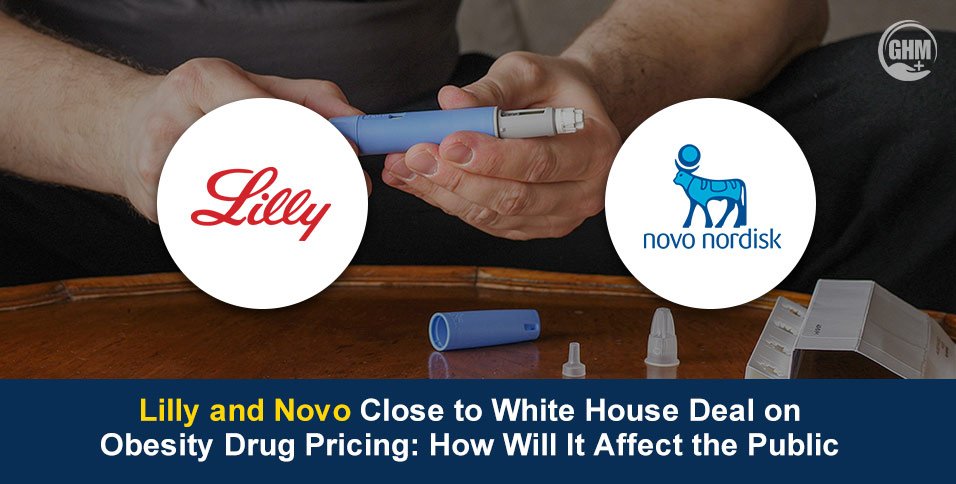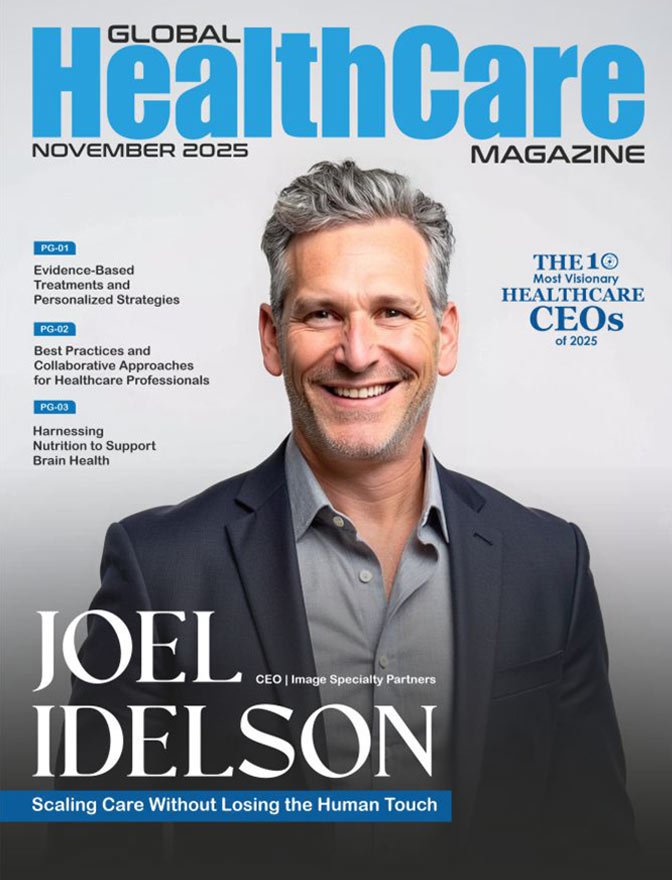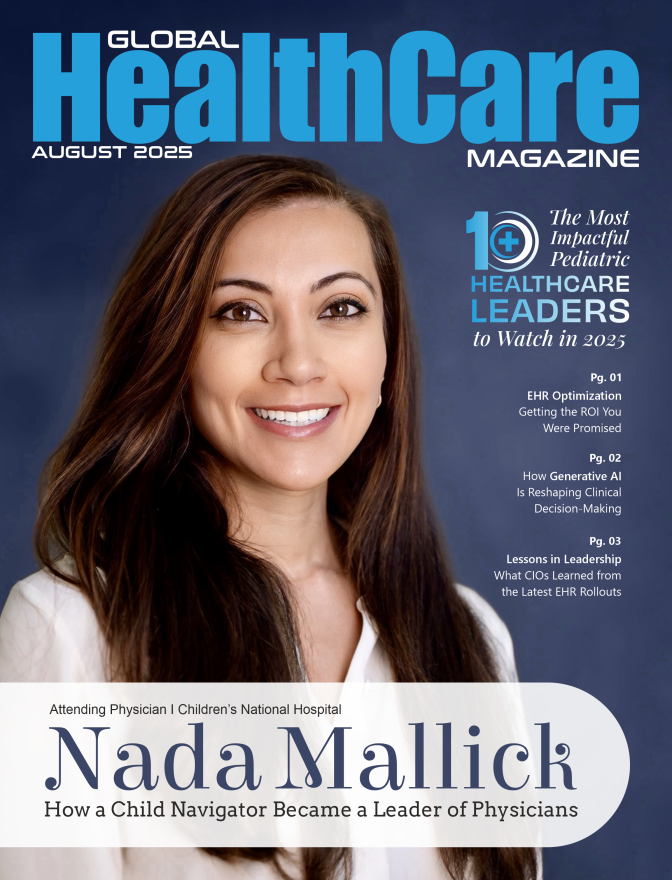In a major development, pharmaceutical giants Eli Lilly and Novo Nordisk are reportedly close to finalising a deal with the Trump administration and the White House that could redefine access to weight-loss medications in the United States.
The agreement, expected to be announced soon, aims to make these drugs more affordable, potentially offering low-dose versions at around $149 per month for Medicare beneficiaries and other eligible groups.
This move marks a historic shift in how the government negotiates pricing for popular weight loss drugs such as Lilly’s Zepbound and Novo Nordisk’s Wegovy.
This could be one of the biggest healthcare pricing stories of the year, reshaping coverage policies, insurance behaviour, and patient access to treatments once considered premium-only products.
A Turning Point in the Obesity Drug Pricing
According to reports, the White House is nearing an agreement with Lilly and Novo to lower the cost of weight-loss drugs and improve Medicare access.
The plan would likely begin with lower-dose options of the companies’ leading products, helping expand access to millions who were previously excluded due to cost. Currently, full-dose versions of these drugs can exceed $1,000 per month in the U.S., pricing out many potential users.
While details are still emerging, analysts expect the initiative to influence the global weight loss drug market, with ripple effects for pricing negotiations in Europe and Asia.
How the Lilly and Novo Deal May Affect the Public
1. The Patients
For patients, this potential deal could mean broader access and lower out-of-pocket costs, but also new questions about eligibility, side effects, and long-term value.
- Eligibility and Access
- Medicare coverage: The deal would primarily target seniors and individuals with obesity-related health risks.
- Private insurance ripple effect: Once Medicare covers weight-loss drugs, private insurers often follow suit.
- Global implications: Countries with reference-based pricing models may use this deal as a benchmark for future negotiations.
- What Patients Should Ask
Patients considering these medications should discuss the following with their doctors:
- Eligibility: Does your health condition qualify under the new pricing framework?
- Side effects: Common issues include nausea, fatigue, and gastrointestinal discomfort.
- Cost vs. benefit: Lower prices may encourage long-term use, but results vary between individuals.
- Alternative options: Lifestyle interventions and combined treatments remain vital for sustained results.
According to preliminary data, patients who maintain treatment for 12 months can experience up to 15% body weight reduction, but discontinuation often leads to rebound weight gain.
2. The Doctors
Clinicians may soon face a surge in demand for these medications if the Lilly and Novo deal becomes official.
- Adjusting Prescribing Practices
Doctors will need to:
- Screen patients carefully for metabolic and cardiovascular risks.
- Manage expectations by emphasising that these drugs complement, not replace, diet and exercise.
- Monitor for long-term side effects, especially in older adults.
- Managing Ethical and Supply Concerns
With potential demand spikes, healthcare providers could face shortages, as seen during earlier supply chain strains in 2023–24.
Proper coordination with pharmacies and insurers will be critical to prevent rationing or stockouts.
3. Insurers and Health Systems
Insurance providers will likely need to restructure coverage plans to manage the financial impact of lower-priced, high-demand drugs.
- Cost-Shifts and Volume Effects
- Lower unit prices could lead to higher total spending due to increased prescription volume.
- Insurers may set usage limits or tiered coverage to manage costs.
- Long-term savings could arise from reduced obesity-related hospitalisations, diabetes, and heart disease.
- Medicare Market Implications
The Medicare market could expand rapidly, forcing policymakers to reevaluate coverage caps and preventive care strategies.
Analysts estimate that if just 10% of eligible Medicare beneficiaries begin treatment, federal spending could rise by $15–20 billion annually, even at discounted prices.
Lilly and Novo: Policy, Pricing, and Public Health
This deal is more than a pricing story. It represents a policy shift that blurs the line between healthcare innovation and affordability.
Eli Lilly stock and Novo Nordisk stock both rose modestly following reports of the negotiations, reflecting investor confidence that broader coverage will drive long-term revenue despite lower prices.
The move aligns with Trump’s Trumprx initiative, which aims to make high-demand drugs affordable for Americans without stifling pharmaceutical innovation.
Global health experts see the Lilly and Novo collaboration with the White House as a test case for future public-private cooperation in drug pricing and chronic disease management.
If successful, this approach could serve as a blueprint for negotiations on other chronic disease medications, from diabetes to cardiovascular drugs.
Conclusion
The final details of the Lilly and Novo deal with the White House are expected soon, but the message is clear: a new era of negotiated drug pricing is beginning.
For patients, it promises hope and affordability.
For doctors, it brings responsibility and vigilance.
For insurers, it signals reform and recalibration.


















